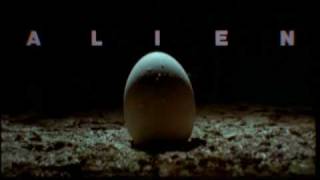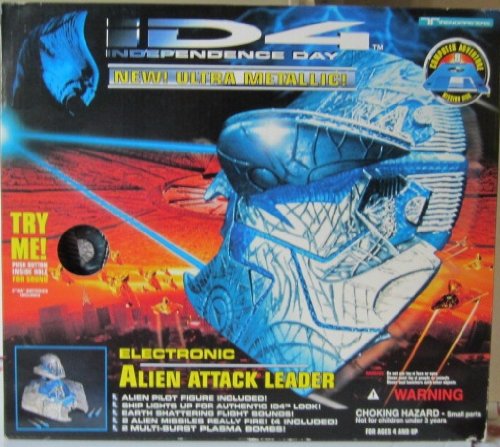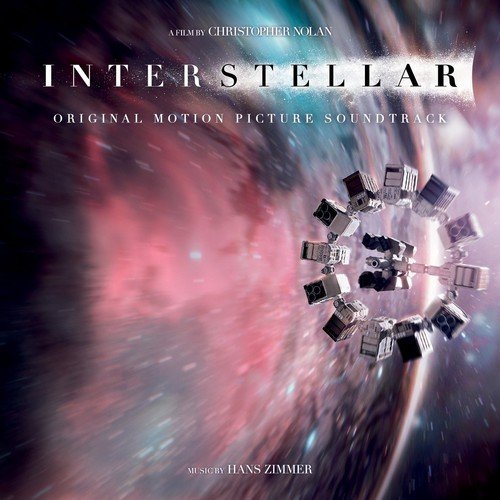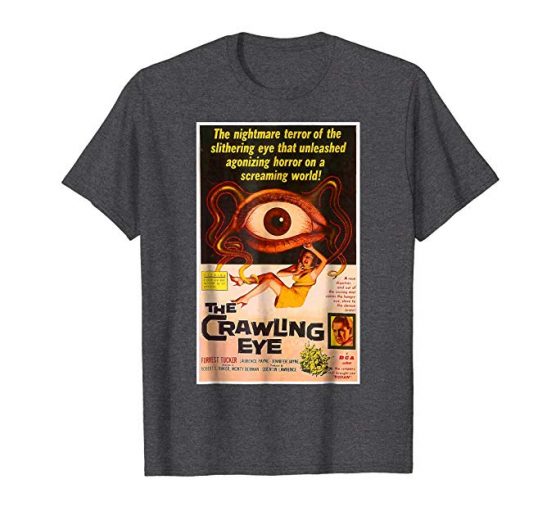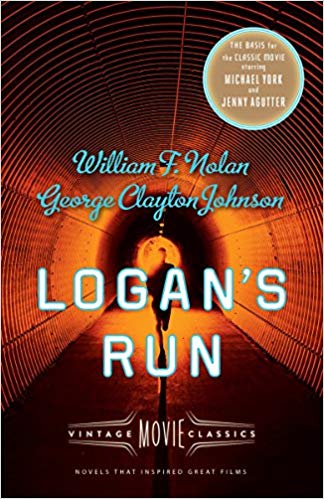ALIEN: Film Analysis Part 1 – Writing and AI
When you watch a film do you ever walk away with questions? Not questions about the film itself, but its underlying philosophies, origins and elements? Epic Science Fiction films and shows are replete with these considerations, and boldly go where no man has gone before. Sometimes concepts are spoon fed to us in a campy presentation like Lost in Space or Star Trek. Other times, a director will expose us to the horrific realism that one only finds in nature. Alien is one such motion picture.
Alien is perhaps the greatest epic space horror film ever made. In the 1979 film, Ridley Scott crafted the first installment of this xenomorph saga and franchise, utilizing special effects in a fashion that had never been seen before. The film’s success was based upon the writings of Dan O’Bannon and Ron Shusett, and the creature creations of H.R. Giger. Together, these provide the highly intellectual foundation for the horrific realism that grips a viewer from start to finish.
O’Bannon (d. Dec 17, 2009) and his friend Shusett came up with the story for ALIEN in 1976, after O’Bannon was left broke from the failure of DUNE. O’Bannon literally slept on the couches of his friends while he put things back together. It was a scary moment for the budding writer. Dan O’Bannon once said: “It’s been said over and over again by writers of scary stories that a writer can’t scare a reader, unless that writer scares himself or herself first.” Anyone that knows anything about science would surely be scared by the concepts put forth in Alien.
The author of the ALIEN screenplay also noted that “what you DON’T see scares you more than what you see.” This is the quintessential element in ALIEN, a film which relies on the suspense of silence and the unseen, rather than the use of typical foreboding musical cues that identify pending action. The “slow times” in the film, open the door for the unease of what is waiting, heightened even more by the fruitless planning of the hunted human protagonists. Arbitrary yelling and loud noises made by the humans create even more unease for the viewers, who fear these sounds will draw in the creature and lead to the demise of those still living.
In crafting ALIEN, O’Bannon and friend Ron Shusett built a story where the thrill of discovering new life, takes a turn for the worse when it consumes anything living in its path. The concept poses a serious existential question, is alien life friendly and should we make contact? When considering the question, Stephen Hawking once commented: “Such advanced aliens would perhaps become nomads, looking to conquer and colonize whatever planets they could reach.” Hawking saw this potential interaction as one without limits, where an alien civilization might be inclined to subdue or eliminate our own to obtain its resources. In theory, he may be right, and the plot of Alien supports the idea. The Xenomorph creatures are like some sort of alien biological neutron bomb, where the humans were eliminated, and the structures remained; ready to be inhabited by the invading species. This subplot is enhanced and revealed in later installments of the series, PROMTHEUS and ALIEN COVENANT.
In ALIEN, the ship’s name “Nostromo” is an homage to Joseph Conrad who had written a novel by the same name. Conrad’s influence is seen throughout the Alien series. In Alien 2, another space vessel bears the name Sulaco. Sulaco is a reference to a town in the very same book, Nostromo. Hollywood shows a lot of deference for Conrad. Another one of Conrad’s adapted works is HEART OF DARKNESS, which has long been heralded as the basis for Apocalypse Now.
The repetitive plots of the Alien film series involve a spacefaring crew in trans-galactic hibernation. For the crew of the Nostromo, the ships scanners detect a life form or signal on a planet during a fly-by; intelligent life becomes a consideration. This results in “mother,” the onboard computer, awakening the crew. As required by company mandate, all indications of intelligent life are to be “investigated,” or there is a penalty of “total forfeiture of shares.” The old adage “Curiosity killed the cat” comes to mind. Investigating the “intelligent” life, Crew Members travel down to the planet’s surface where Kane, portrayed by John Hurt, falls victim to an alien life from.
Throughout the history of literature, the cost of life has been insurmountable when protagonists deviate from their intended course. As far back as Odysseus, crews have been circumvented or killed; in Odysseus’ case his crew was immersed in a fog of delights brought about by the seduction of the Lotus-Eaters. The crew of the Nostromo in Alien succumbs to a similar fate.
These theme and plot processes have been consistent in Alien, Alien Covenant and Alien 2 to some extent. Plot repetition is not uncommon to Hollywood; even the latest Star Wars series has resorted to plot redundancies. For instance, the blowing up of a Death Star is almost academic in the series’ numerous films.
In addition to literature, the concept of Artificial Intelligence is addressed in the film as well. It’s 40 years since AI was presented in Alien and humanity has crossed many technological bridges into making it a reality. We now live in a digital world, almost to the point of optical or mental process initiation. It’s a long way from the analog buttons and knobs seen in the control rooms of the Nostromo.
Among the Nostromo crew is an android being named Ash (Ian Holm) who is the ships science officer. Although the film was made in 1979, Ash’s character forces us to consider the pitfalls of modern AI in totality. While it may be great to have an android equipped with the latest in scientific knowledge, the goals with which the android are programmed may lead to nefarious consequences.
The script initially uses the Ash character as a benevolent being. This changes almost immediately, once the away team returns to the vessel with the facehugger firmly affixed to Kane’s face. Ash’s attitude seems instantly more concerned with the well-being of the alien lifeform rather than that of the human. From his actions we are led to believe that Ash’s programming prioritizes the importance of the alien, its analysis and return above all else. It is unspoken that the crew is expendable. This leads to the added conflict between man and machine. The crew must now battle AI and the Xenomorph.
Alien is replete with philosophical and literary concepts. While the action scenes of Alien are intoxicating, the underlying elements present something much more profound. Man sees himself as the top of the food chain on Earth. The film overwhelms the viewer with a compelling sense of inadequacy, and that in fact, the food chain may continue onward and that humans might be prey rather than just predators. Is it only by sheer luck or human ingenuity that Ridley was the last “creature” standing?
In Part 2 of this ongoing analysis we will look at the work of H.R. Giger, and how the Xenomorphs and their various stages of development are influenced by Entomology.
